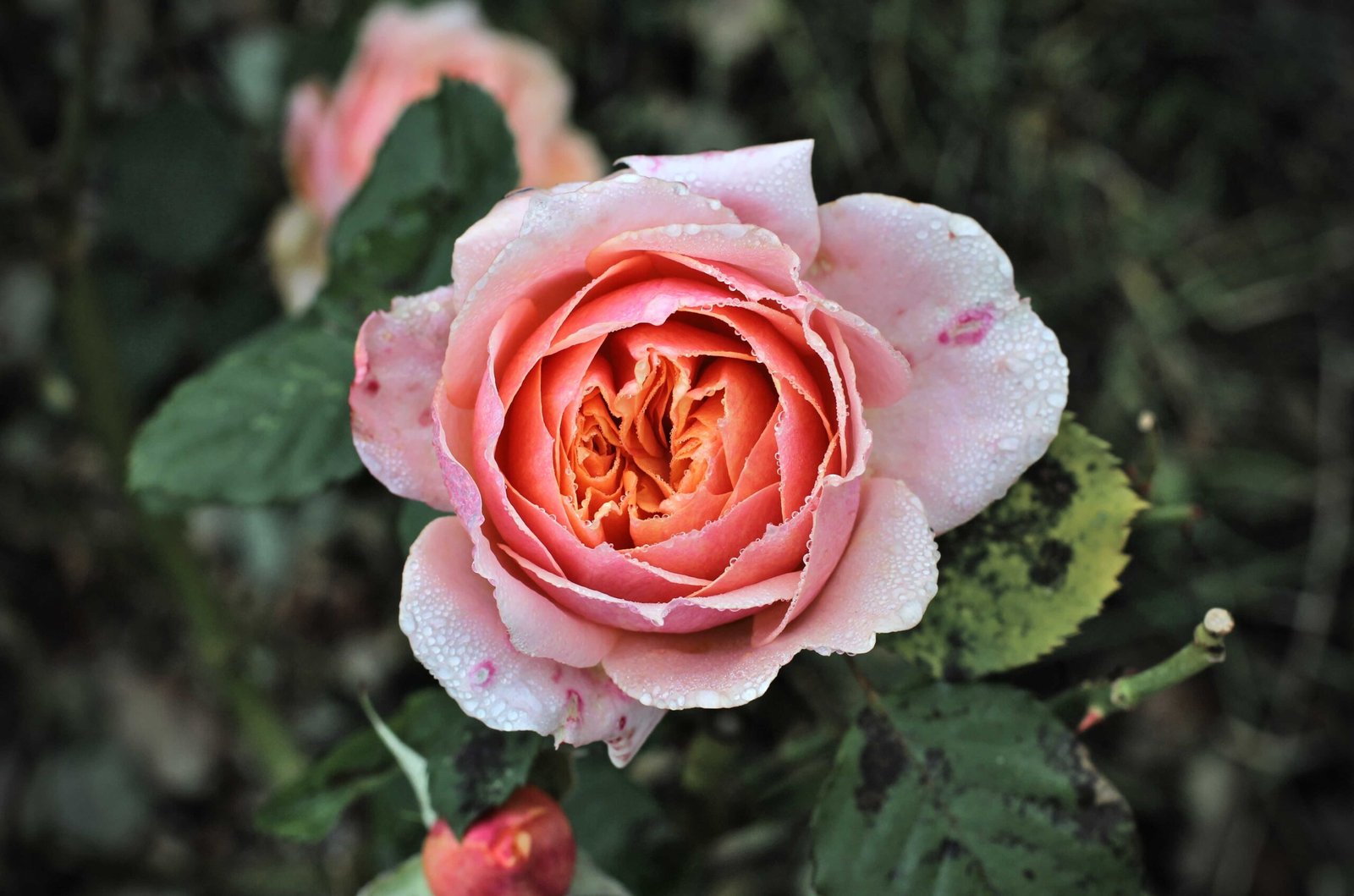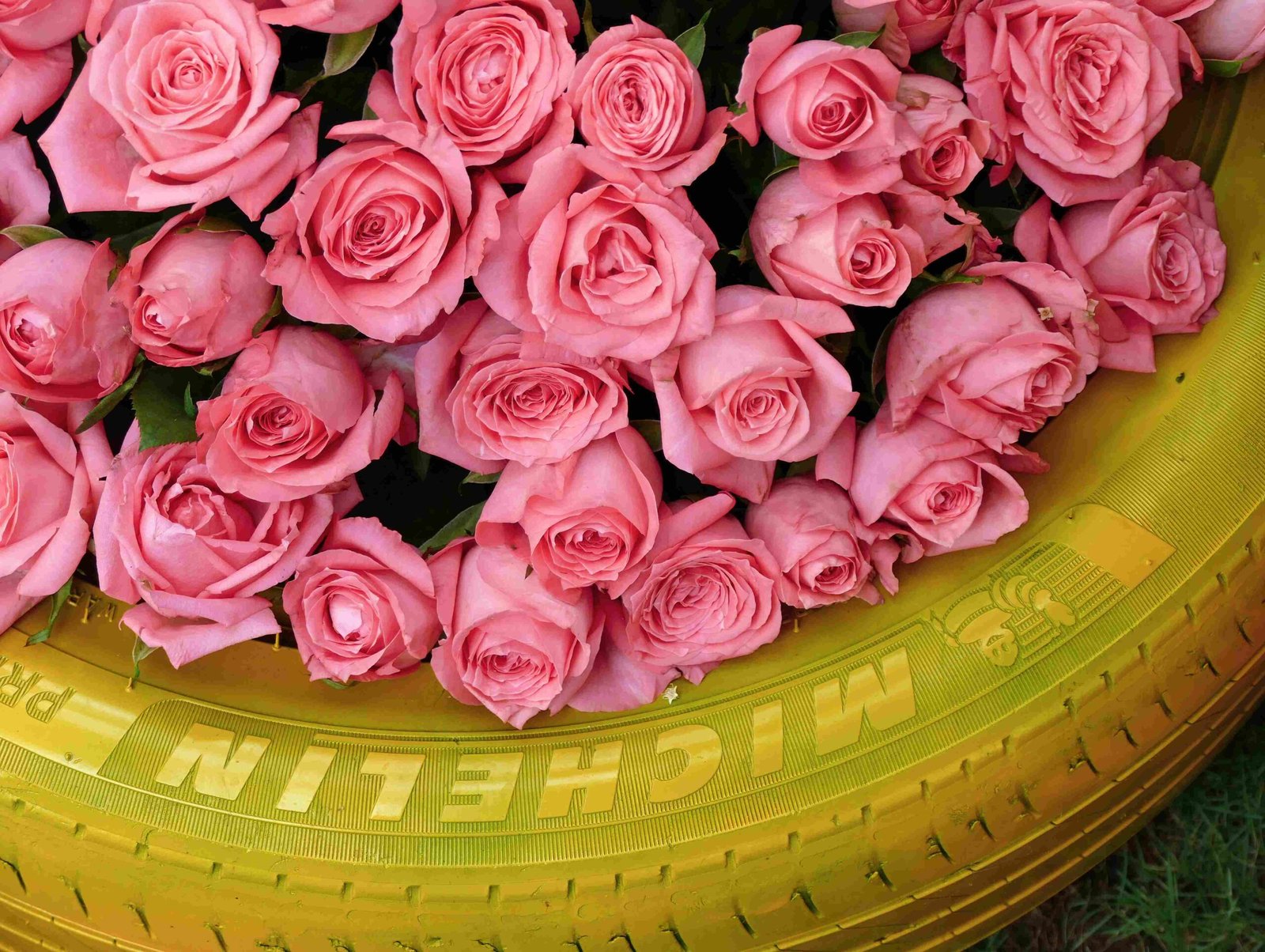Average Lifespan of Indoor Rose Plants

Indoor rose plants can last anywhere from a few months to several years. On average, potted miniature roses typically last two to three years if they are overwintered indoors[5]. With proper care, some varieties can last for several years, but this is highly dependent on the specific care and environmental conditions[3].
What Environmental Conditions Affect Indoor Rose Plant Lifespan?

Temperature
Indoor roses thrive in cooler temperatures, especially during the winter months. A drop in temperature to around 15°C (59°F) is essential for flowering. Constant high temperatures can lead to plant death or yellowed foliage[1].
Light
While roses need sunlight to bloom, they cannot tolerate more than two hours of direct sunlight per day indoors. Too much sunlight can cause sun scorch, and too little light can lead to over-watering issues[1][5].
Humidity
Indoor roses prefer a humid environment, typically above 50% humidity. Low humidity can cause yellow leaves and other health issues[2][3].
What Care Requirements Affect Indoor Rose Plant Lifespan?
Watering
Roses need regular watering, but the soil should be allowed to dry out slightly between waterings to prevent root rot. Overwatering is a common issue that can shorten the plant’s lifespan[3][4].
Fertilization
Regular fertilization with a high-potassium fertilizer is crucial for maintaining the plant’s health and promoting blooming[1][4].
Pruning
Regular pruning, especially after the flowering season, is necessary to promote vigorous growth and maintain the plant’s health[4].
Repotting
Indoor roses are better off being pot-bound for several years to prevent root rot and transplant shock. However, repotting every two to three years in the spring using a well-draining potting mix is recommended[1][4].
Common Diseases and Pests that Affect Indoor Rose Plant Lifespan
Spider Mites
These are a significant problem for indoor roses, causing yellow leaves, dried buds, and flowers, and covering the plant with silvery webs. Keeping the plants outdoors or using proper pest control measures can help mitigate this issue[2].
Black Spot and Powdery Mildew
While less common indoors, these diseases can still affect indoor roses if not properly cared for. Ensuring good air circulation and avoiding overwatering can help prevent these issues[2].
What are the Specific Care Requirements for Different Indoor Rose Varieties?
Miniature Roses
These are popular for indoor growing but are often better off in the garden where they can receive full sun and proper care. If kept indoors, they require strong light, regular watering, high humidity, and a period of cold dormancy to thrive[2][5].
Reblooming Types
Some miniature rose varieties are reblooming types and can flower from the beginning of summer to late fall if properly cared for. These varieties benefit from yearly pruning and a cool winter period[2].
What are the Optimal Growing Conditions and Maintenance Schedules for Indoor Rose Plants?
- Sunlight: Ensure at least six to eight hours of direct sunlight per day, or supplement with artificial light if natural sunlight is insufficient[3][5].
- Watering: Water deeply once a week, aiming for about 1 inch of water per week, and avoid getting the delicate blooms wet[5].
- Temperature: Keep the temperature between 10°C to 25°C (50°F to 78°F) and reduce it to around 15°C (59°F) during the winter months to promote flowering[1].
- Humidity: Maintain a humid environment, ideally above 50% humidity, using a humidifier if necessary[3].
- Fertilization and Pruning: Fertilize regularly with a high-potassium fertilizer and prune the plant annually after the flowering season to promote healthy growth and blooming[1][4].
